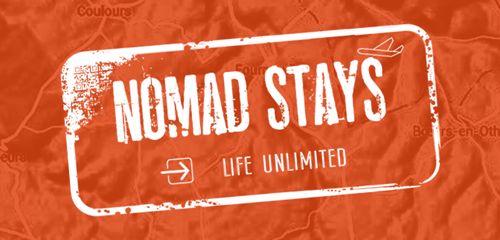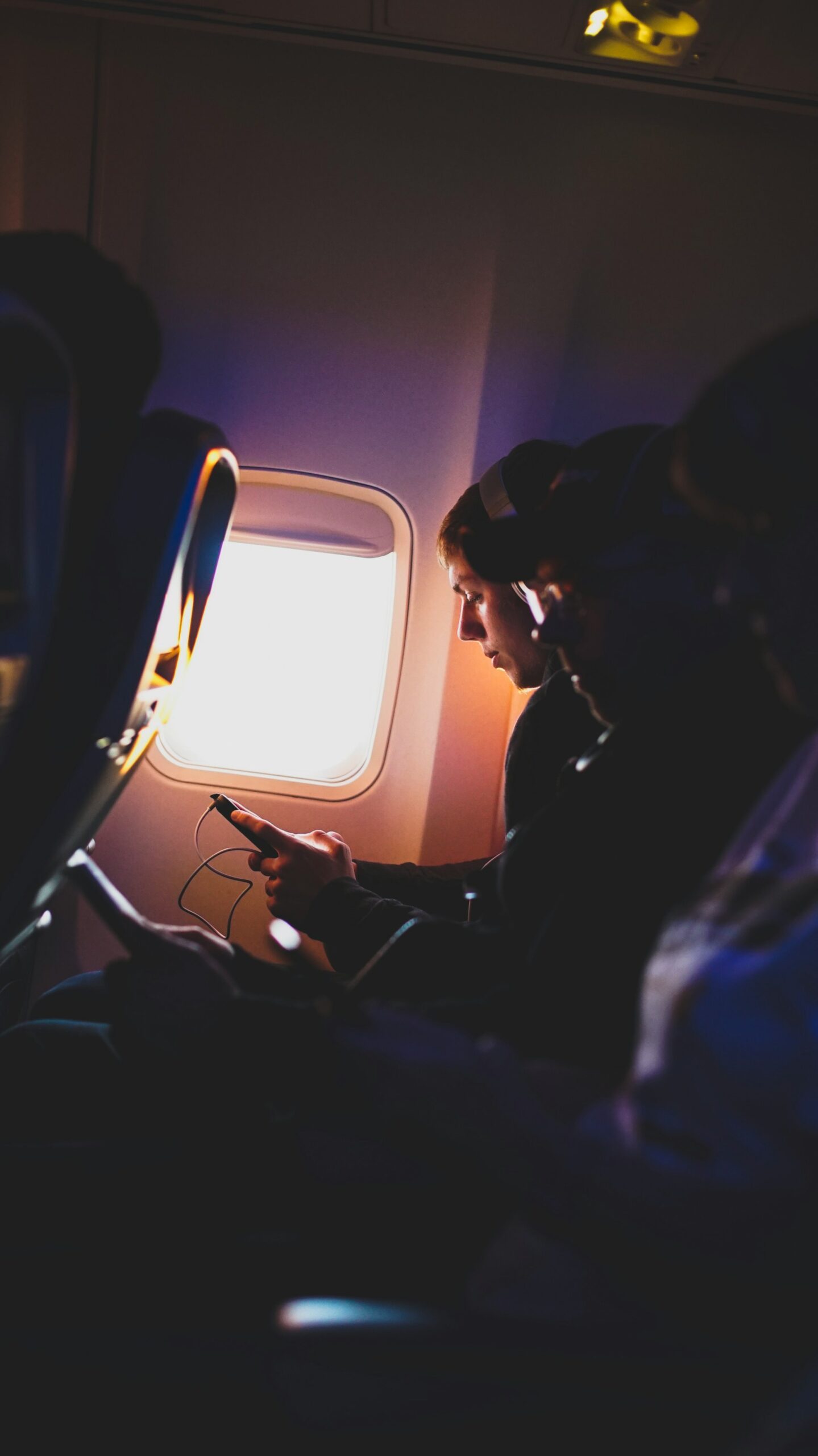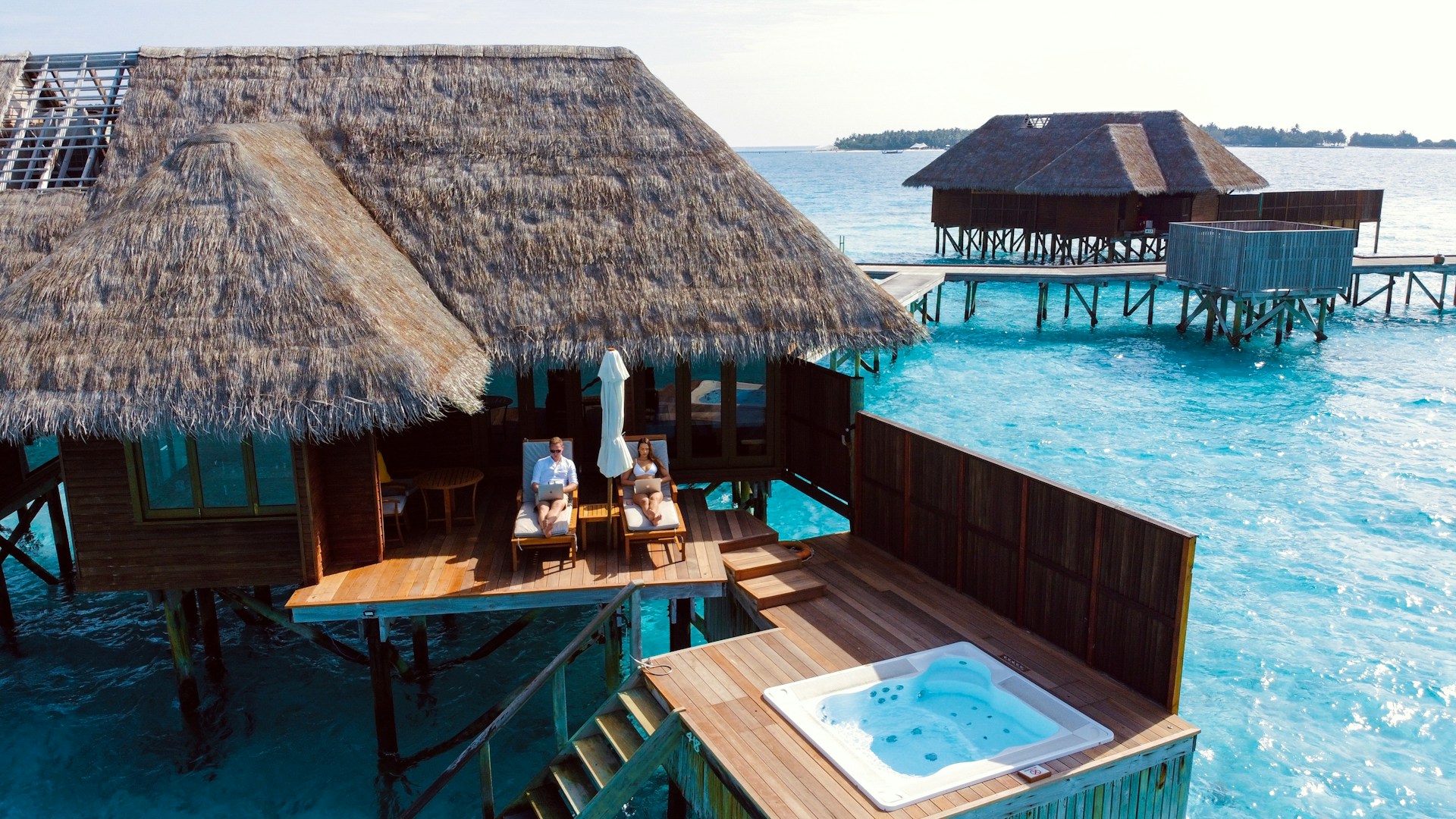Best Practices in Stays Pricing
Pricing Tips on Great Ways to Leverage Nomad Stays
The subject of pricing can sometimes feel like 100 hot air balloons bobbing around in the sky. All at different levels, all different colours shapes and sizes. And all trying to avoid each other.
How do you know what is the right price people are willing to pay?
The good news is that partnering with Nomad Stays allows you to add to another, highly lucrative, niche to your distribution.
So let’s dive into it:
1. Always have an Offer on the Table
It’s important to have at least one current Package offered on Nomad Stays to remain listed.
When your Packages expire your listing disappears from the site and you disappear from view. Have you checked lately?
Future Packages are a great way to keep yourself listed for a long time even if the immediate market is variable.
Action to Take Now: Log in to your Stays account now and check your Package is current, Make changes, extend dates etc., then click “Submit”.

2. Future Date Your New Packages
You can load in a Package well ahead of it becoming active. You simply set the Package to have a “First Check-In Date” set for some date in the future.
“First check-in date” means the earliest date that a member can arrive and check-in at your Stay.
By listing these future packages you are actually making them visible to members and able to be booked well ahead of time. We even get requests for bookings 6 months in the future.
And you can relax because while a Member can book ahead of time they can’t start the package early or check in until the package actually starts.
Action to Take Now: Log in to your stays account now and postdate your future Packages then relax!

3. Use Seasonal Packages
We recognise that some locations have big variations in demand from Peak to Low Season. This often results in big differences in possible rates between peak and low seasons.
You might want to have a higher price in Peak Season when nomads are competing with lots of high yielding vacation tourists. And then have lower prices in Low and Shoulder Seasons when vacationers are hard to find.
By setting the First Check-In Date and Last Check-In Date to align with your seasons you can create 2 or more Packages for different periods of the year.
Example:
| Package | First Check-In Date | Last Check-In Date | |
| High Season | 15-Jun-21 | 14-Jul-21 | |
| Shoulder Season | 15-Jul-21 | 31-Aug-21 | |
| Nomad Package | 1-Sep-21 | 14-Jun-22 | |
(Hint: Most nomads are price sensitive so tend to avoid peak tourist seasons.) They are also looking for places that are not crowded or touristy and off the beaten track. They can help you ride the high and low seasons.
4. Use 1-day pricing for special events, retreats etc.
You might have a special package that you wish to run that starts on 1 particular day only.
For example, Yoga Retreats are becoming a popular event some Stays are running.
If the Retreat starts on say 1 September and lasts for 1 week then you would create a 7 Day Package and set BOTH “First Check-In Date” and “Last Check-In Date” to 1 September 2021.
There will be only 1 day that this package can be booked for then. At the same time if you load up the Package now then Members can book it ahead of time.
5. Variations on Special Events
Even though your Special Event (e.g. Yoga Retreat) starts on 1 particular day only and runs for 1 week you might want to add 2 weeks, 3 weeks and 1-month Packages. Different options that encourage Members to stay longer after the event finishes.
In this case, simply put in your Package Description that this package involves a Yoga Retreat for the first week.
6. Set your Check-In Dates to maximise yield
Like most traditional leisure booking platforms we cater for different prices for different check-in dates.
However, as we are selling 1 week to 1-month packages some extra care is needed to make sure you maximise your sales opportunity.
Example: If you want to charge a Peak Season rate for guests staying in July then you might want to think about setting a “First Check-In Date” for some time in June.
Why? Well if we set a 1 July “First Check-In Date” then someone that makes a 1 month booking for a check-in on 30 June (the day before) then they will be able to arrive on 29 June and stay with you until 29 July, effectively all of July, at the off-peak or shoulder rate instead of high season rate. Ouch.
However, if you set the Peak Season 1 month rate for all bookings from say 15 June then Members would need to arrive earlier than 15 June to get the off-peak rate.
Similarly, think about setting a “Last Check-In Date” that is earlier than the end of the Peak Season.
Example: If your peak season leisure rates finish on 15 August then you might want to set the “Last Check-In Date” to maybe the 7 August and then set your Shoulder Rates from 8 August.
In this way, you might be able to attract some nice Shoulder Season nomads straight after Peak Season.
7. Change Package Dates according to occupancy
With Nomad Stays you can change the dates of your Packages easily. You can do it every day if you like. It literally takes seconds.
Changes won’t affect bookings already made but might open up more opportunities for additional nomad bookings.
This year, 2021, might be a good example. The Northern Hemisphere summer demand is expected to be better than 2020 but nowhere near 2019 or 2018 levels leaving still a huge amount of competition and empty apartments in Europe. We call this ‘excess supply’ which drives down rates. So for 2021 we are expecting another year of imbalance between small demand and high supply.
If you find your Summer Leisure bookings from other channels aren’t going that well you might want to grab some longer staying nomads by finishing your Peak rates early and starting your Shoulder season rates earlier than previous years.
To make these changes just go into your Package and Edit just the “Check-In Dates” on your packages.
You can do this as often as you like and so become more agile depending on your occupancy levels.

8. Use Availability not Prices when Busy
Another way to balance out occupancy is to vary the numbers of rooms you give us.
As soon as we run out of rooms our booking engine stops taking bookings on your behalf.
So if things are getting busy you can either “Block-Out” a period you are completely full or reduce the numbers of rooms available to us.
We prefer to have a reduction of rooms. As long as we have 1 room to sell you’ll maintain visibility on the site and appear in searches etc.
Important NOTE: while we’d love you to be completely full all of the time making heaps of money this actually works against your reputation because members stop considering you if they can’t find anything to book. So just be aware that short term gain can create long term pain. (Its common for accommodation owners to build more rooms or buy new properties if they find they have high occupancy).
9. Be Realistic in your Prices
Setting the right prices is one of the hardest things to do in the hospitality industry. There’s always a trade-off between good yield and not enough occupancy.
And yes customers are highly trained in searching for great deals.
Luckily Nomad Stays allows you to change prices quickly and easily. In fact, we have one of the fastest updating platforms in the world.
And we encourage you to be realistic in your pricing.
In an open market, this can be hard. For example, you might want to early €800 a month for your property but if 40 other apartments are offering something similar for only €550 a month then it might be hard for you to justify the higher price at the moment.
Some business at a realistic rate of €550 might be a better result than zero business at €800. Or worse, selling only 1 night a month on another platform and having to clean the room twice (before and after) for a single guest.
Who wants €50 or €0 for the month when you could have €550.
10. Market your Competitiveness
Each booking platform out there focuses on different markets. These different markets have different needs and they value the places they want to stay in different ways.
A leisure tourist might want easy access to museums, Uber transport and 5-star restaurants transport. A leisure family might need theme parks and a safety patrolled beaches. A nomad wants coworking spaces, affordable food and some cool communities to hang out amongst other things. Remember these guests are not on holidays. Instead travel is their way of life. They work and travel full time.
As Nomad Stays focuses on digital nomads and remote workers who are more likely to be global explorers and work through the day.
You should write up your descriptions to highlight the advantages you have to our market. Internet, quiet rooms, easy supermarket access, transport, adventure location etc.
Join Us
Come over to our Facebook Community and interact with the nomads. Also join our Telegram Group of Stays.







